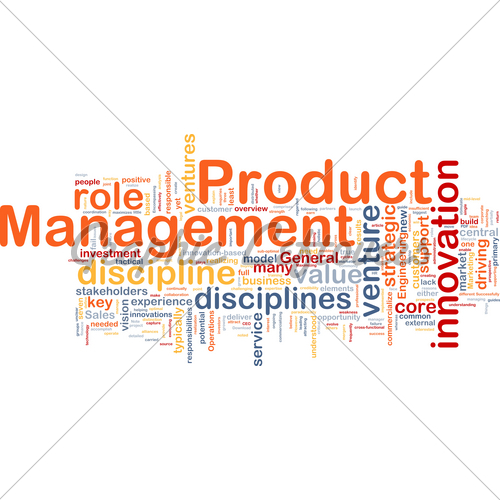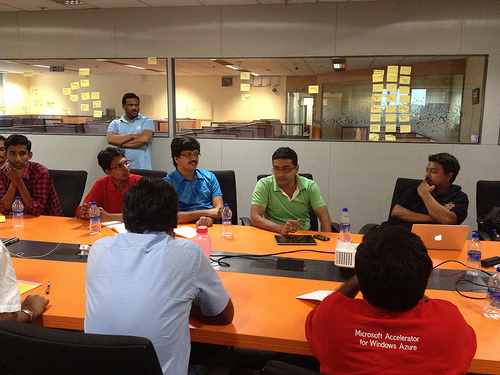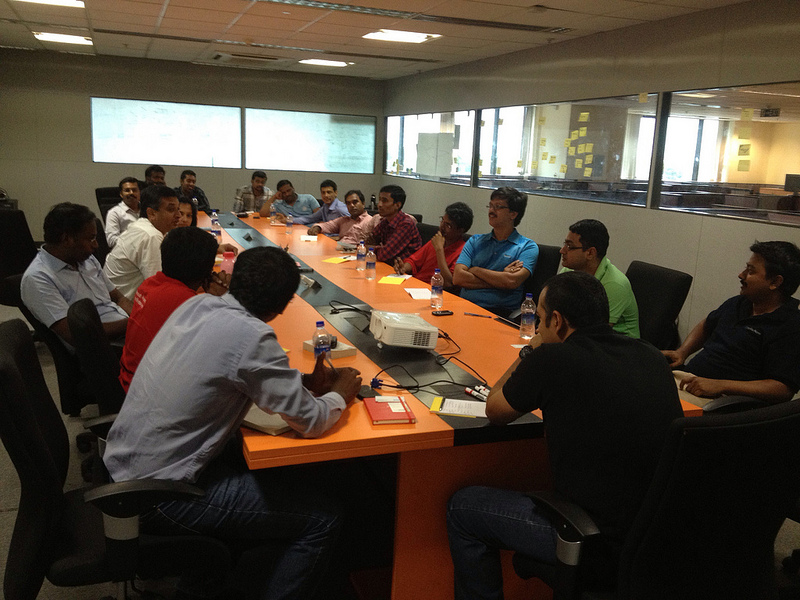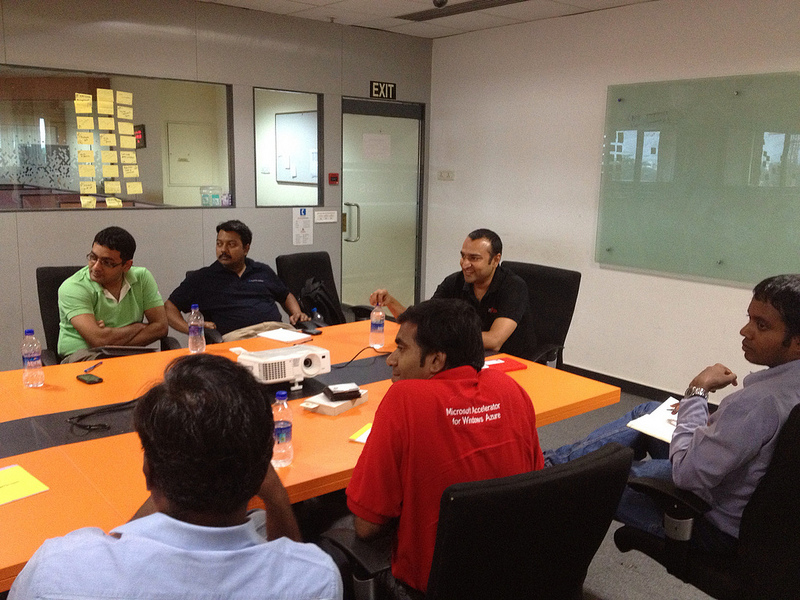I have worked with iSPIRT for many years now and one of my key lessons has been around the dynamics behind community and ecosystem building. I have learnt that just having a plethora of startups in one geographical location doesn’t make that place the natural epicenter or capital. There is something more to it, an X factor that goes beyond mere arithmetic.
This X factor is something that I think Chennai has.
There is no doubt in my mind that Chennai is the capital of SaaS startups in India today.
Firstly, the numbers themselves are mighty impressive. Just between Zoho and Freshdesk, two of India’s bellwether SaaS companies, there is around $400m in revenue, about a $100+ million in funding and around 4000+ SaaSemployees.
But what is more significant is that around tentpole companies such as these, a massive ecosystem for many other SaaS companies has been created in Chennai. And this is going from strength to strength as we speak.
To explain why I am personally excited about Chennai and its focused and committed founders who are building companies in this same mould, let me go down memory lane a bit. If the story seems a bit rambling, please indulge me as it is a personal story that is close to my heart.
When Chennai was Madras
My early memories of Madras are when I was probably seven years old and my uncle was posted at the Tambaram Air Force station. When we travelled from Delhi to Bangalore by train, the GT Express would halt in Madras for 5 hours as the engine would get changed. Our uncle would pick us up and we would go to one of the beaches. It was also probably one of my early experiences by the sea. I also got to spend holidays a couple of times in the quiet and green Air Force Base in Tambaram.

I got placed by NIIT as a GNIIT in a Madras-based software company called RiteChoice technologies (Yes, I was a GNIITian!). They had built the back office software for the National Stock Exchange and I joined as a Support Executive to help them with the sales/support/installation of the software in the Delhi region. We got intensive training about the stock market and how the software functions at the company headquarters. It was great fun those days as you worked for 6 days and the 7th day would be an off site with colleagues who had come from different cities. In those days, North Indian food was hardly available in Chennai and it was tough to have idli/dosas for almost two months (no offence to all my South Indian friends!). The software segment was just picking up at that time and there were very few IT companies.
Ritechoice was a product company at a time when we really did not know the demarcation between a service and a product organisation, and their other software was called Suxus. I remember interacting with the founding team; they were full of passion and keen on building more products.
The Ramco mafia
I moved on from Ritechoice after six months as we were not able to sell/support the software in Delhi. There were lot of changes being done at NSE and in hindsight, I now understand that we were not able to find the product market fit. I continued with my journey of working with Internet startups with DSF Internet & Trisoft Systems, until NASSCOM happened in 2002. I was again able to interact with a lot of software companies.
In the early days whenever we used to talk about products, the company which drew all the limelight was Ramco. It was probably one of the fastest growing companies then, selling ERP software and making a big impact in the user community. It was fighting SAP in those days. I remember that there were around 60 ERP companies at one point of time. Other notable companies in Chennai at that time were Polaris Software(now acquired by Virtusa) and MyAdrenalin. Apart from these companies, there were a few IIT-Madras incubated startups like as well.
And there was another small company called AdventNet, which had just started making some noise.
The Role of Proto.in
I was introduced to the Twitter/blog world by Kiruba Shankar & Vijay Anand. I remember following them and getting to learn about social media through some of the sessions at NASSCOM. In the early days of the startup ecosystem, very little action used to happen in Chennai, but Proto made a big dent by getting all startups under one umbrella. For me attending Proto gave me exposure to the startup community. I got to see Ashish Gupta surrounded by many people and later on got to know that he was one of the founders of Junglee. The event was at IIT-Madras and it was hard to get into any of the halls. They were just full. The man behind the show was Vijay Anand. There were others, of course, nothing in our ecosystem is a one man show, but Vijay did a magical job of getting it all started.
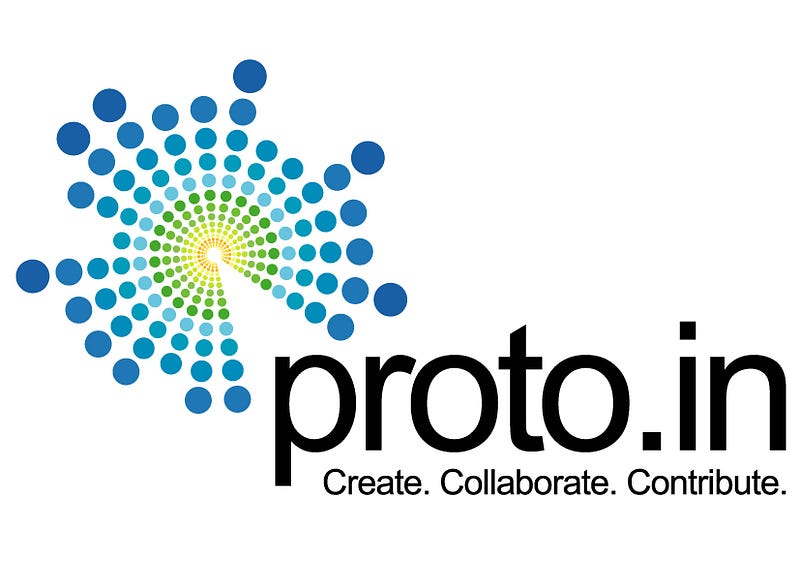
I remember how Shalin Jain proudly demoed DoAttend which got built because of Proto. Wikis were used quite extensively first in Chennai for Proto: I’m yet to see another event, even in these event-rich times, which uses Wikis extensively.
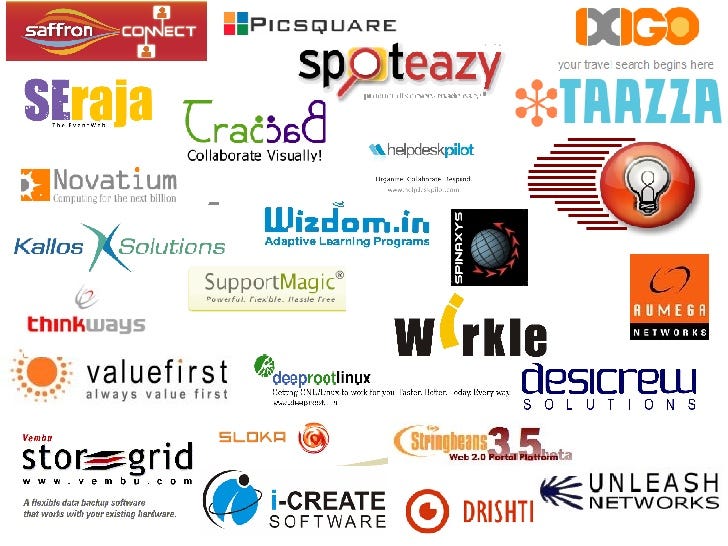
Some of the well known companies like Myntra, iXigo, Drishti (Now Ameyo), ValueFirst, iCreate (Now Fintellix), Novatium, etc launched their products at Proto 1. Do take a look at Proto 2 as well. Thanks to Amit Ranjanwho continued to upload all these decks and also write about them at WebYantra. If Proto was alive today, it would have probably been the biggest enabler of the startup ecosystem in our country. Pity that it isn’t, but we need to remember that the movement actually started in Chennai.
Me at NASSCOM, and how the Emerge community took off
Some of the initial people who really made the EMERGE community happen were people like Suresh Sambandam of Orangescape (now KissFlow), Late Mr. Raja from Coromondel Infotech, Lakshman Pillai of LPCube, and George Vettah of Kallos. These were also product companies and played an important role in building the community. I continue to stay in touch with Suresh and leverage him as much as I can in building the ecosystem.
Apart from Delhi, it was the EMERGE conclave in Chennai that was a roaring success. So many people took ownership of the event. It was almost completely driven by people in Chennai and we successfully were able to build a community for product companies.
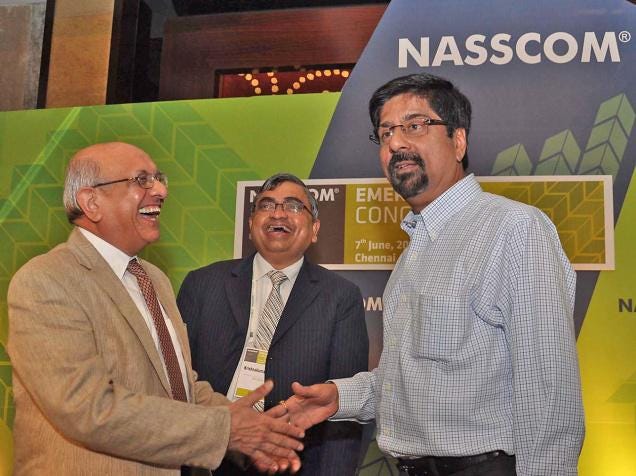
For the first time, Sridhar Vembu of ZOHO spoke at a NASSCOM conference. It was at the EMERGE that ZOHO won an Innovation Award for the work that they were doing to hire freshers and train them. They continue to do so and it’s also very impressive to see the ecosystem that ZOHO has built in Chennai. The ZOHO mafia (Girish/Freshdesk, Arvind/Zarget, Sridhar/Credibase, Krish/ChargeBee) has created many founders (around 42, says Quora). The other Vembu brothers are also still going strong. Clearly ZOHO has played an important role in creating a culture in Chennai.
The unfolding story
In the early days of iSPIRT, I did get to do some playbook roundtables at the Orangescape office. I remember Ashwin Ramaswamy of PipeCandy(in those days it was called ContractIQ) volunteered for most of the playbook roundtables. I remember I got introduced to Girish Mathrubootham by Sairam Krishnan for the first time in their small office….met them in the boardroom and i remember one of the members was working in the boardroom as they were falling short of space 🙂
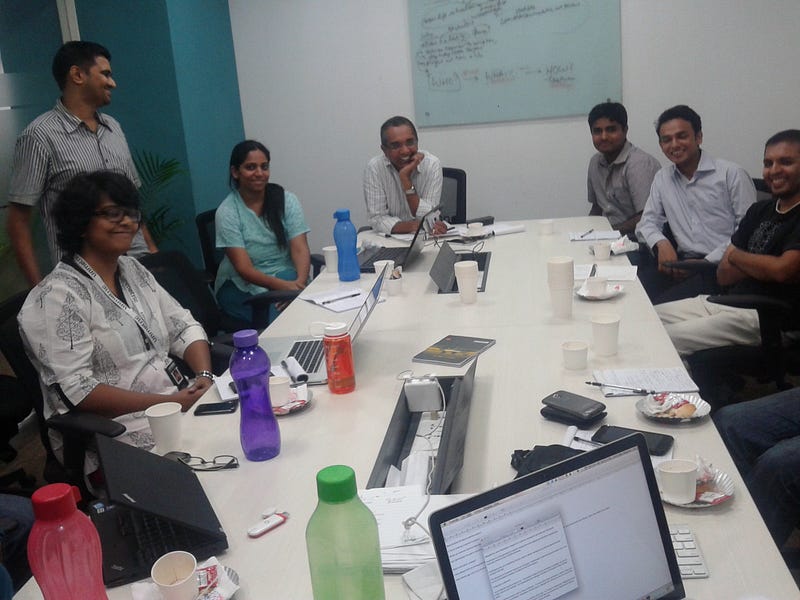
I did get to do some playbook roundtables in the early days of iSPIRT, basically i would use Chennai to validate some of the playbook roundtables. Most of the playbooks were done at Orangescape and more recently Aditya Sanghi(Hotelogix) got some 6–7 founders from Bangalore to learn SaaS scaling from Freshdesk. I remember, it was one of the insightful playbooks and I got to meet Sanjay Parthasarthy from Indix for the first time at their office and also did a tour of the ZOHO campus which was quite far from the city.
In 2014, I was in Chennai for some meetings. It was around the time of SaaStr and it was then that it struck me that two large SaaS companies are already based out of Chennai, that and many others like KiSSFlow, UnMetric, Indix, Chargebee, Pipecandy and Zarget were all SaaS companies. It became clear to me that this city had a strong DNA of building SaaS/B2B products.
I and called up Shekhar Kirani from Accel (I consider him to be the Force behind the SaaS ecosystem in India). I bounced this idea off of him, asking for support for something around SaaS in Chennai. I got a green signal after which I reached out to Suresh and Girish. I got full support from them and in less than 20 days, we pulled together SaaSx Chennai.
Full credit to Suresh Samabandam for coining SaaSx. By the way, EMERGEOUT was also his coinage. The energy at SaaSx is always very high and we did the first three editions every six months. The beauty of SaaSx is that it is by entrepreneurs for entrepreneurs and some real sharing is been done by people like Girish, Suresh, Avlesh, Paras, Krish, etc..
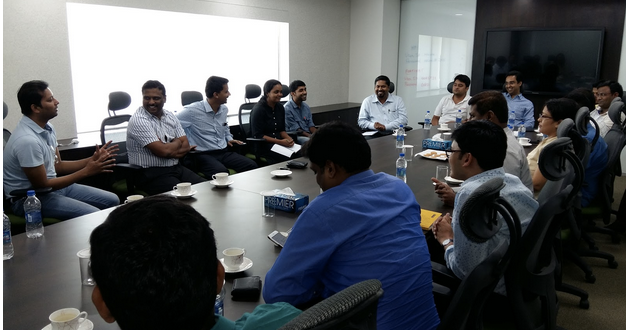
As iSPIRT, we are blessed to have strong support from such people who believe in paying it forward and are happy that we have been able to create a robust & safe place for SaaS founders. We will continue to stay focussed, curate the audience, and ensure that the platform becomes a meaningful one for SaaS founders in India.
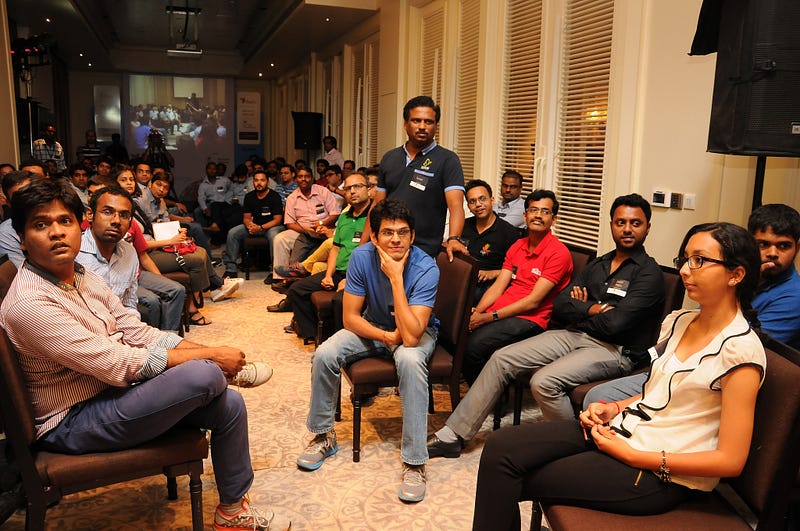
We are all excited about the fourth edition of SaaSx in Chennai on 17th March, and I’m proud to continue to bat for the city (like Krish Srikkanth) and make an impact in the SaaS ecosystem.
Edited by Sairam Krishnan & reviewed by Sumanth Raghavendra




